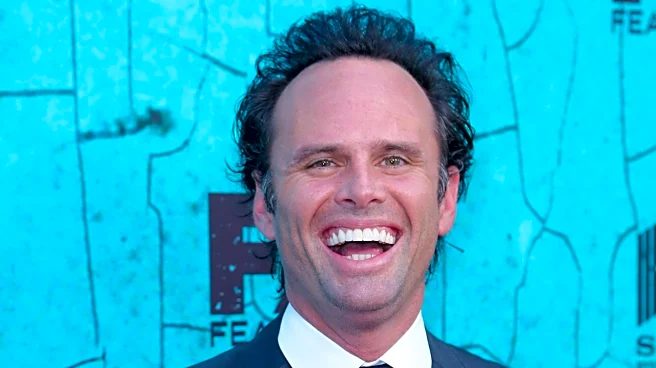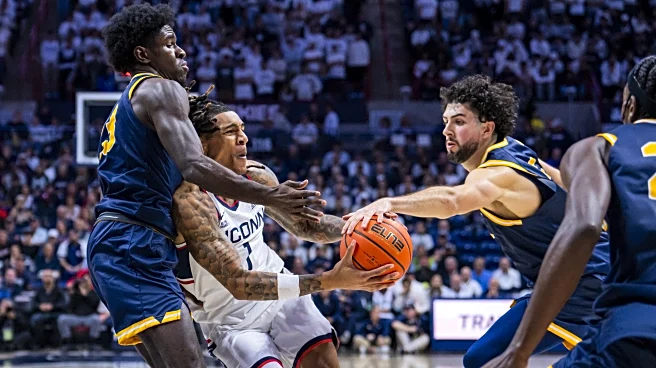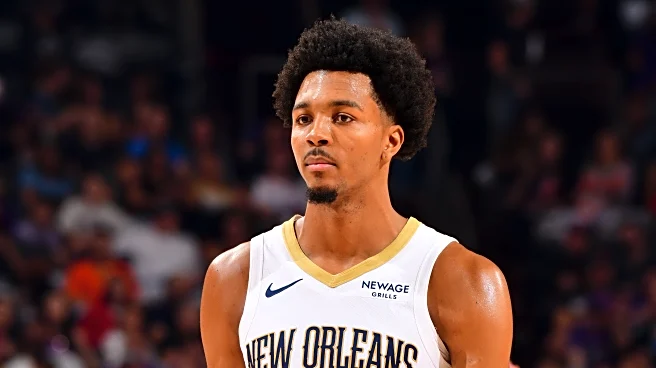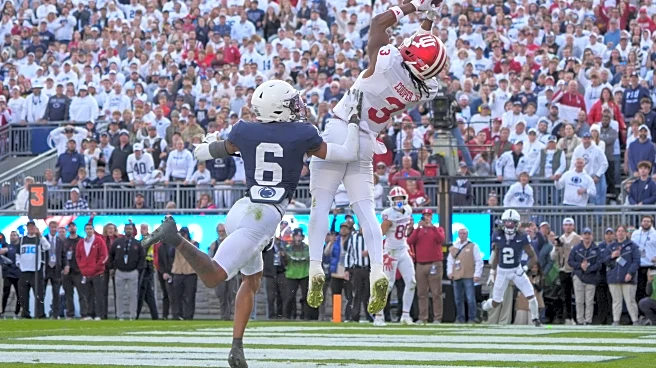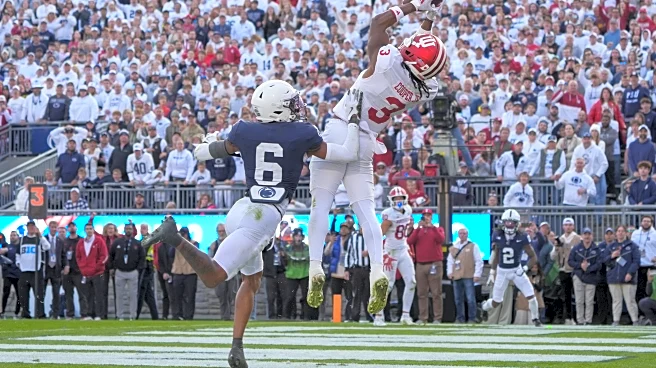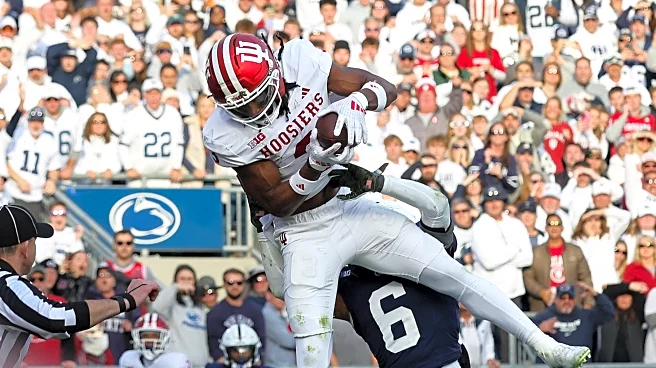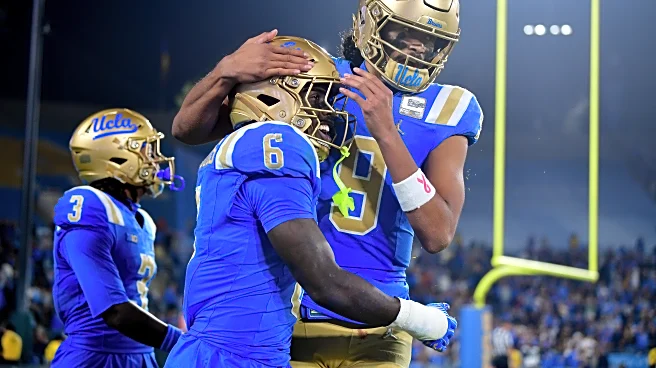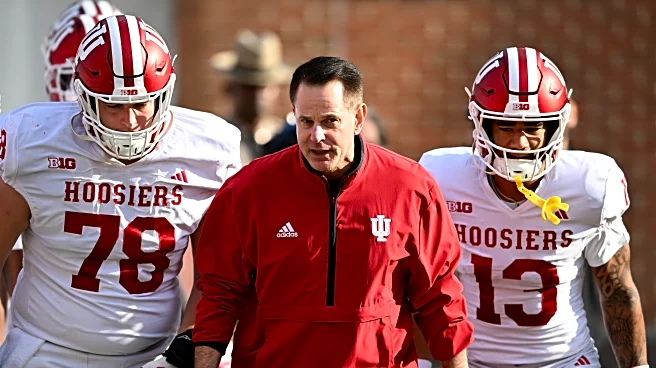What's Happening?
The Pac-12 conference has finalized a five-year media rights agreement with USA Sports, a division of the newly formed Versant media company. Starting in fall 2026, USA Sports will broadcast 22 regular-season
Pac-12 football games annually, along with 50 men's basketball games and up to 10 women's basketball games. The men's basketball tournament will be aired on USA Sports, except for the championship game, which will be broadcast on CBS. This deal marks a significant expansion of the Pac-12's media presence, ensuring that all football games will be available on linear TV networks. The conference will include teams such as Oregon State, Washington State, Boise State, and others, with affiliate members participating in specific sports.
Why It's Important?
This media rights deal is crucial for the Pac-12 as it enhances the visibility and accessibility of its sports events, potentially increasing viewership and revenue. By partnering with USA Sports, the Pac-12 can leverage the network's established audience base, which includes coverage of other major sports like Premier League soccer and NASCAR. The agreement also strengthens USA Sports' portfolio, positioning it as a key player in sports broadcasting. For the Pac-12, this deal could attract more sponsors and advertisers, benefiting the conference financially and supporting its member institutions.
What's Next?
With the media rights deal in place, the Pac-12 will focus on finalizing plans for broadcasting Olympic sports and women's basketball games. The conference aims to leverage its partnership with USA Sports to build a unique and compelling sports broadcasting experience. Stakeholders, including member universities and advertisers, will likely monitor the impact of this expanded media coverage on audience engagement and financial returns. The Pac-12's strategic move may prompt other conferences to reevaluate their media partnerships to enhance their own visibility and revenue streams.
Beyond the Headlines
The partnership between the Pac-12 and USA Sports could influence the broader landscape of college sports broadcasting. As media companies seek to diversify their offerings, collaborations like this may become more common, potentially reshaping how college sports are consumed. Additionally, the deal highlights the growing importance of linear TV networks in maintaining sports viewership amidst the rise of streaming platforms. This development may also encourage other conferences to explore innovative media strategies to remain competitive.





